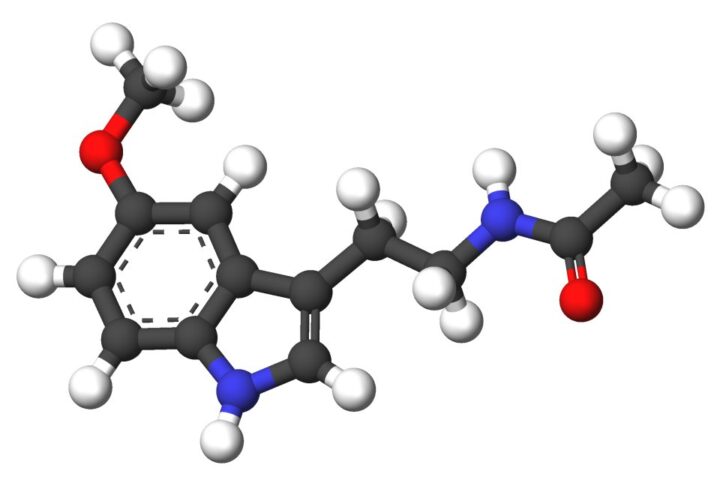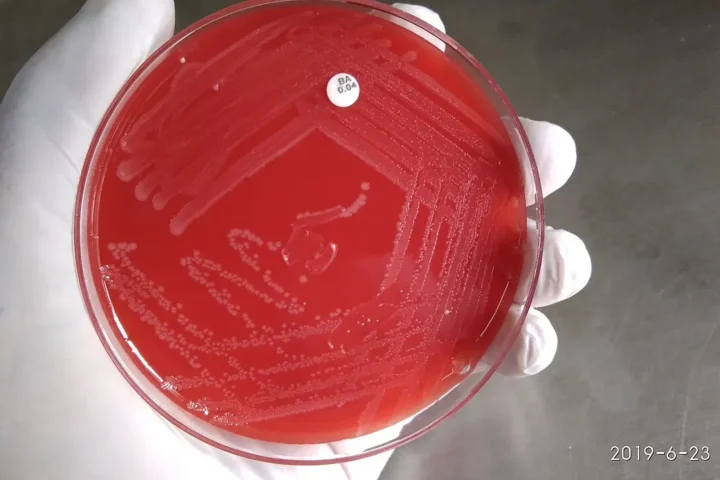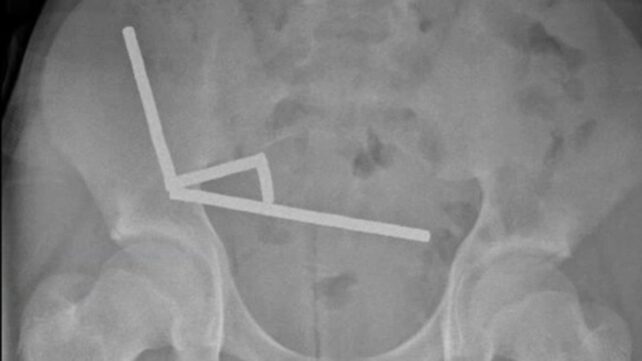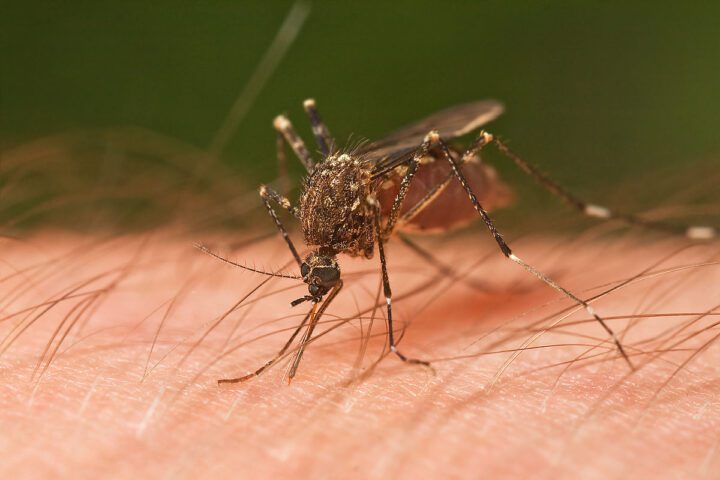Danish scientists have created a breakthrough method that lets them study thousands of proteins in heart tissue, potentially changing how doctors treat heart diseases.
Each year, heart problems affect more than 65,000 Danes and cause one in five deaths in the country. While doctors can now detect these diseases better than before, they often spot them only after visible damage has occurred. The real problem starts much earlier—at the molecular level where proteins function.
Researchers from the University of Copenhagen have developed a technique that examines up to 10,000 different proteins in tiny slices of heart tissue. These ultrathin samples—just one-hundredth of a millimeter thick—come from biopsies already collected during hospital diagnoses.
“With this method, we can create a molecular map of what characterizes the disease. We can see what has driven the disease at a molecular level,” said Professor Alicia Lundby, who led the study published in Nature Cardiovascular Research.
The team demonstrated their method by studying an inherited heart condition called arrhythmogenic right ventricular cardiomyopathy. They could identify protein patterns that distinguish patient groups and specific regions of the heart, laying groundwork for more precise treatment.
Scientists have long known how to study large numbers of proteins, but couldn’t easily apply this to heart samples preserved in hospitals. These preserved tissues, known as formalin-fixed, paraffin-embedded specimens, were previously difficult to analyze. The Copenhagen team overcame this barrier, potentially turning hospital archives into valuable data sources.
Similar Posts
The advance comes as heart disease research evolves on multiple fronts. Some researchers are developing computer models to predict disease paths across more than 1,000 conditions. Others are creating methods to detect heart failure through heart rhythm patterns with about 90% accuracy using consumer devices. Some researchers are exploring light-based techniques, such as red light exposure, which may reduce blood clotting and platelet activation — potentially lowering the risk of heart attacks and strokes.
However, this tissue-based approach offers something different: it shows exactly which proteins drive the disease in the heart itself.
“Today, we only treat the underlying causes of heart diseases to a limited extent. In order to develop targeted treatments, we need deeper insight into what drives these diseases,” Lundby noted.
Heart failure provides a clear example of why this matters. While patients receive the same diagnosis, the underlying causes can vary widely—from scarring to inflammation to energy production problems in heart cells. These different causes likely require different treatments.
The next step for the researchers is mapping protein patterns across many heart diseases. This could reveal which parts of the protein landscape have gone wrong in each condition.
“We hope our results can reveal which parts of the protein landscape are misregulated and drive heart disease. Once we have that knowledge, we can investigate whether existing drugs can be used more precisely or use the mapping as a basis for developing new treatments,” Lundby said.
For the 672,000 Danes living with heart disease, this research offers hope that treatments might someday target the exact molecular problems causing their condition, rather than just managing symptoms. This could extend the positive trend that has seen heart disease deaths drop by more than half since 1995.



















